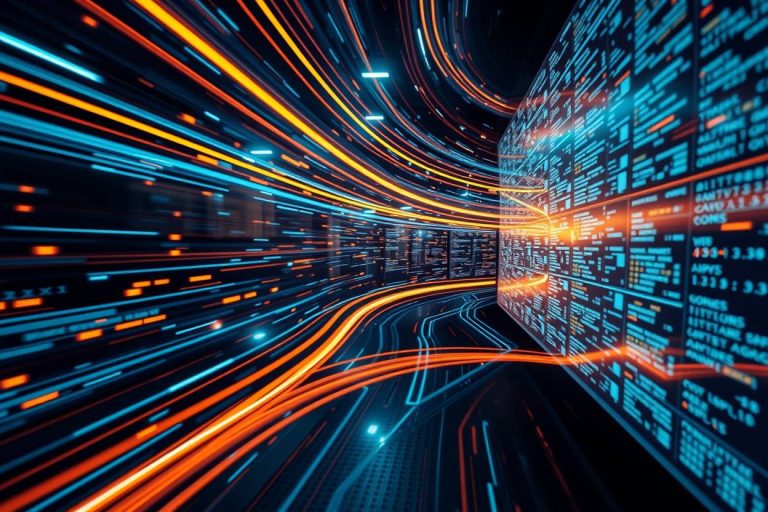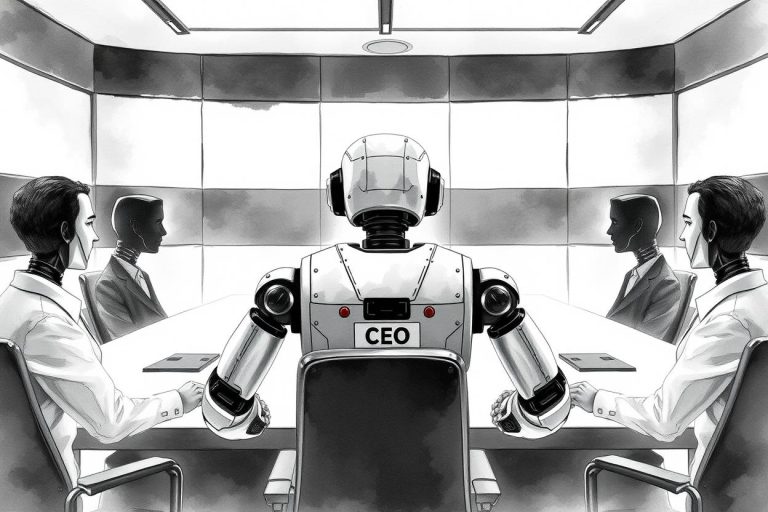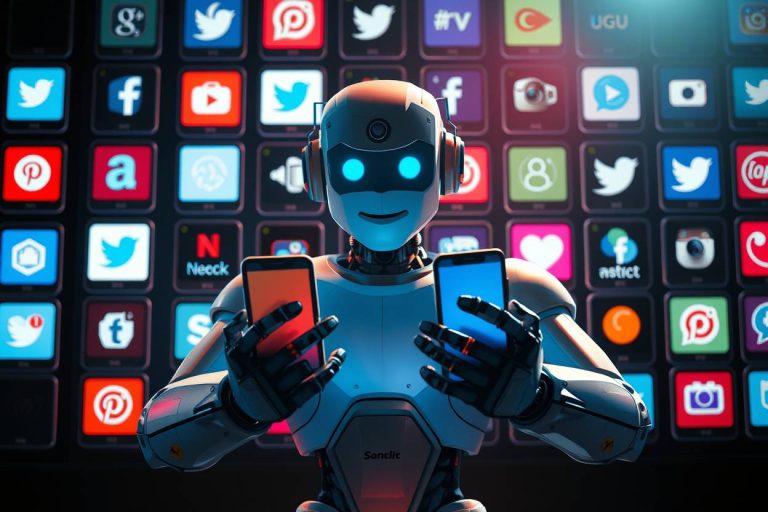AI Music Generators on Trial: Separating the Maestros from the Machines
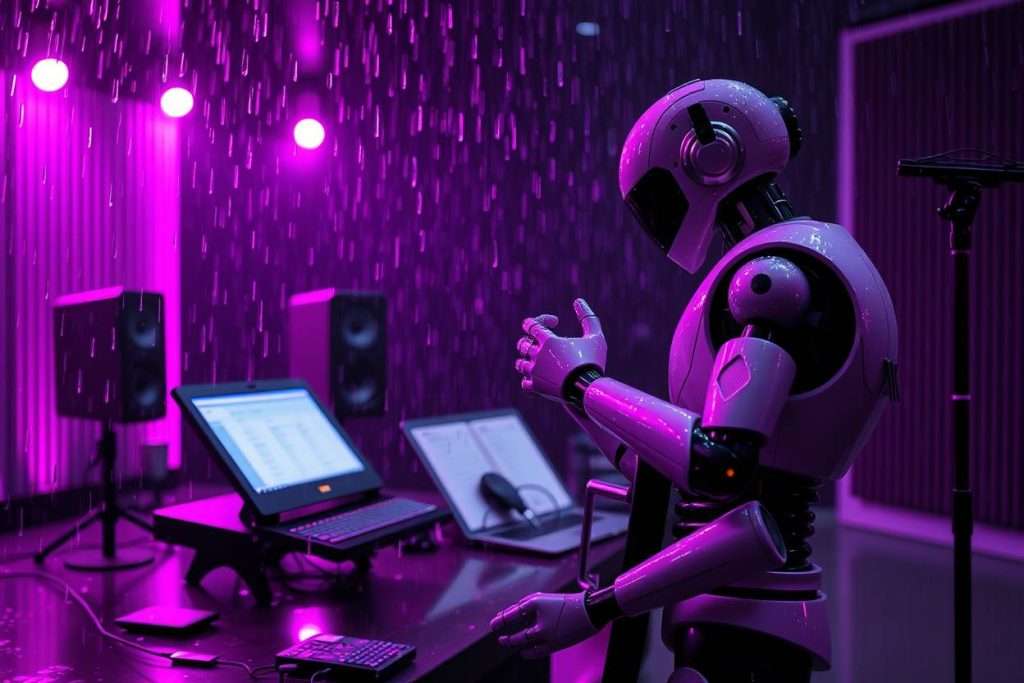
The promise of AI music generators is intoxicating: instant, royalty-free tracks tailored to any mood or prompt. The reality, however, is often a minefield of robotic melodies and soulless loops. To find out what’s genuinely useful for creators and what’s just digital noise, we put three distinct platforms on trial: MusicCreator AI, the polished studio composer; ToMusic, the unpredictable idea generator; and Loudly, the rapid-fire remix engine. This isn’t a casual tour; it’s a critical stress test to determine which tool truly delivers.
Contender #1: MusicCreator AI — The Studio Professional
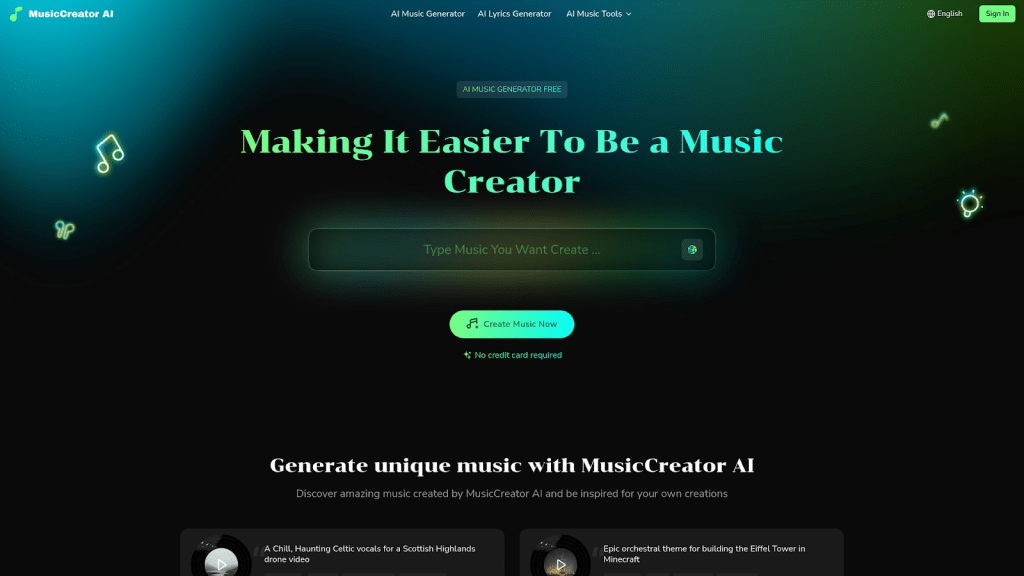
The promise: MusicCreator AI presents itself as a one-stop-shop for turning text prompts into fully realized songs, aiming for a professional, polished output with zero friction.
In Practice: This is the platform that most successfully delivers on its promise. The interface is clean and professional, feeling less like a tech demo and more like high-end production software. Its standout feature, the text to music engine, is impressively capable. We fed it the prompt “a cinematic, hopeful score for a rocket launch at dawn,” and within a minute, it returned a layered orchestral piece with a clear melodic arc and dynamic swells.
Where it truly excels is in abstracting the technical complexity of music production. You don’t need to know music theory; you only need to be a good creative director. The output is consistently coherent and, most importantly, commercially viable for content creators, indie developers, or marketing teams on a deadline.
The Verdict: This is the tool for creators who need a reliable, high-quality result without a steep learning curve. Think of it less as a quirky creative partner and more as a highly skilled session musician on call 24/7.
Best For:
- Content creators needing custom background scores.
- Producers looking for a powerful melodic starting point.
- Anyone who values a fast, professional workflow over granular, experimental control.
Contender #2: ToMusic — The Experimental Idea Lab
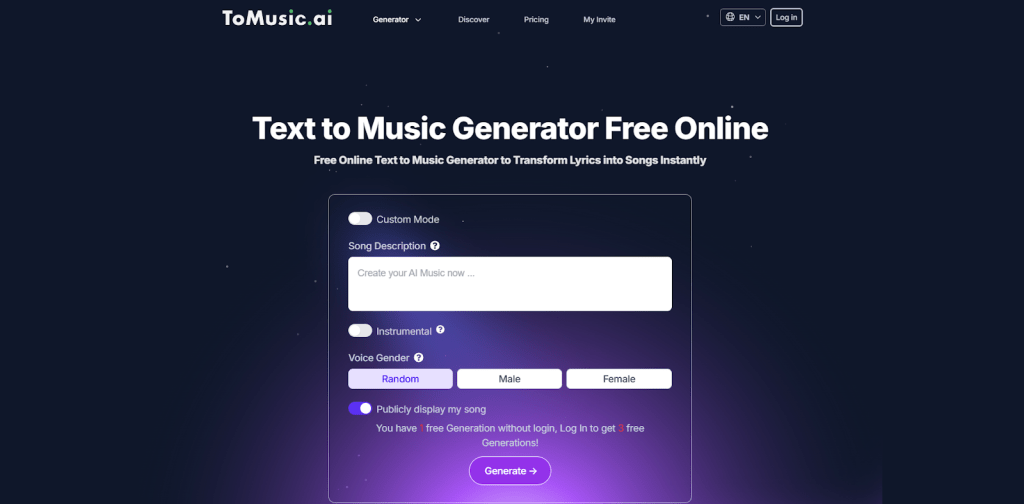
The Promise: ToMusic positions itself as a more experimental tool, designed to spark creativity through serendipity and algorithmic surprise.
In Practice: Where MusicCreator AI offers predictability, ToMusic offers randomness. Its text-to-music function is more of a creative gamble. The same prompt, “summer vibes by the beach,” produced a strange but interesting hybrid of lo-fi percussion and elevator jazz. It was unusable as a finished track but fascinating as a raw idea. The platform feels less like a production tool and more like a slot machine for musical ideas—you pull the lever and see what unexpected combination comes out.
The Verdict: ToMusic is not the tool for finishing a project on a deadline. It’s a sandbox for generating happy accidents and breaking creative blocks. It provides the raw, sometimes chaotic, spark that a hands-on musician can then shape into something new.
Best For:
- DIY musicians and producers hunting for unconventional samples.
- Students and artists exploring the boundaries of generative sound.
- Anyone who enjoys the process of discovery over the guarantee of a polished product.
Contender #3: Loudly — The Rapid-Fire Remix Engine
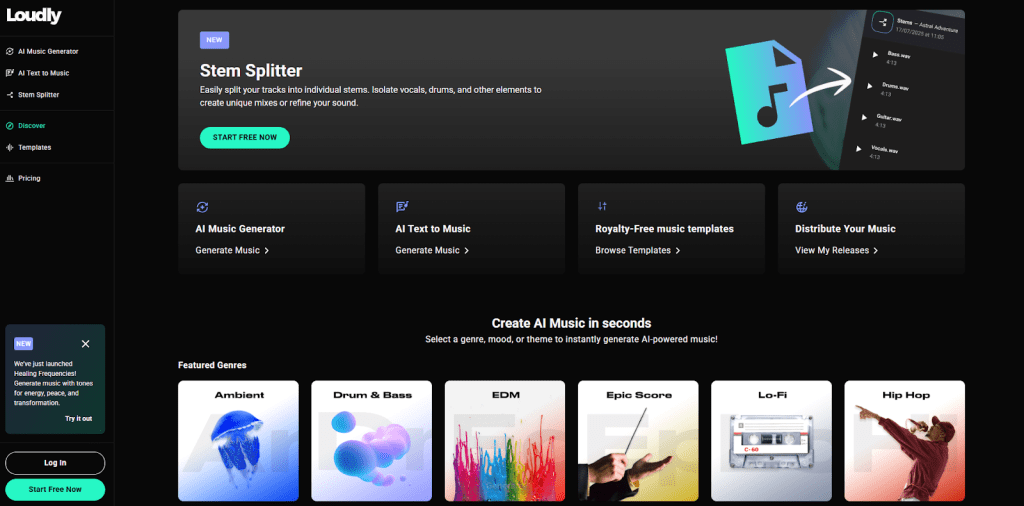
The Promise: Loudly bypasses text-based generation in favor of a massive, AI-sortable library of pre-built loops and stems that users can customize and remix.
In Practice: Loudly operates on a principle of curation over creation. The experience is less about generating something from nothing and more about assembling a professional-sounding track from high-quality parts. You select a genre, and the AI recommends complementary loops for drums, bass, and melody. The workflow is incredibly fast and foolproof, making it possible to assemble a full dance track in minutes. However, the creative ceiling is inherently lower; you are remixing, not composing.
The Verdict: This is a powerful tool for speed and efficiency. Think of it less as a composer and more as a lightning-fast DJ or music supervisor. It’s the ideal solution for when “good enough” needs to be ready in five minutes.
Best For:
- DJs and content creators needing quick mashups and background tracks.
- Social media managers and event planners requiring genre-specific music instantly.
- Users who are intimidated by a blank canvas and prefer a guided, building-block approach.
The Final Verdict: A Clear Winner for Professional Results
While each tool serves a specific niche, they are not created equal for the professional creator.
| Feature | MusicCreator AI | ToMusic | Loudly |
| Primary Workflow | Text-to-Song Generation | Experimental Prompting | Loop-Based Remixing |
| Output Quality | Polished & Professional | Raw & Unpredictable | High-Quality (Pre-Made) |
| Best Use Case | Creating finished tracks | Sparking new ideas | Assembling tracks quickly |
This trial reveals a fundamental shift in music creation, with each platform catering to a different creative workflow. Your choice of tool ultimately depends on your goal. If the objective is to find a chaotic, unexpected spark for a project you’ll finish yourself, an experimental engine like ToMusic has its place. If speed is paramount and you need a genre-specific track assembled in minutes, a remix-focused platform like Loudly is ruthlessly efficient.
However, for the growing number of creators—from filmmakers to app developers—who need to go from a simple idea to a complete, original composition, the game-changer is the maturity of Text to music technology. This workflow represents the true promise of generative AI: converting pure intent into a polished, usable asset without requiring a background in music theory.
While each platform leverages AI, one has clearly honed this generative process to a professional standard. For those who measure success by the quality of the final track, MusicCreator AI is the standout choice, effectively bridging the gap between a simple prompt and a finished piece of music. The future of production isn’t about replacing artists, but about equipping creators with radically new capabilities, and the ability to compose with words is already changing the creative landscape.


